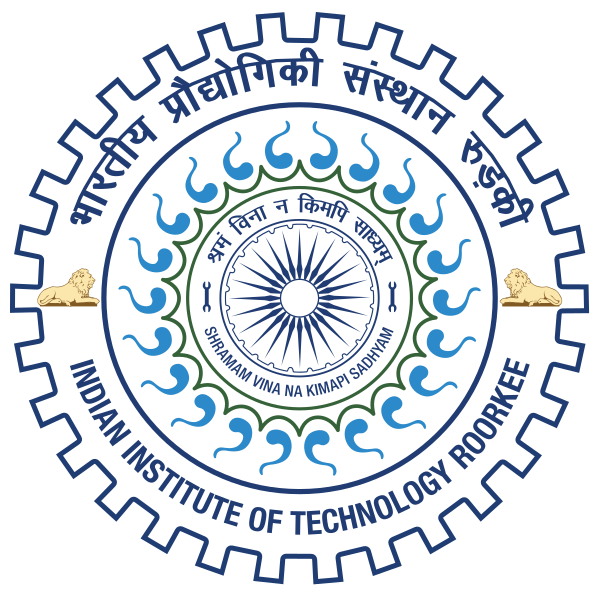Please use this identifier to cite or link to this item:
http://localhost:8081/jspui/handle/123456789/8729Full metadata record
| DC Field | Value | Language |
|---|---|---|
| dc.contributor.author | Jaisingh, Lathika | - |
| dc.date.accessioned | 2014-11-16T06:35:10Z | - |
| dc.date.available | 2014-11-16T06:35:10Z | - |
| dc.date.issued | 1982 | - |
| dc.identifier | M.Tech | en_US |
| dc.identifier.uri | http://hdl.handle.net/123456789/8729 | - |
| dc.guide | Kaushik, S. K. | - |
| dc.guide | Trikha, D. N. | - |
| dc.description.abstract | In a, short span of four decades, the nondestructive tests have achieved an important place in the quality control of hardened concrete and the evaluation of strength and durability of existing structures. These methods attempt to measure properties of concrete, from which an estimate of strength, durability and its elastic parameters are obtained. Some such tests used for testing structures in-place, are reviewed herein and their merits and. limitations brought out_. Amongst these a relatively more common and powerful technique is the ultrasonic pulse velocity method. This method has been discussed in detail and taken up for investigation. It is well known that the pulse velocity of concrete is affected by a number of factors. In this thesis, experimental investigations have been conducted to study the effect of a few parameters like honeycombing, embedded steel bars and cracks in concrete, and the influence of path length an ultrasonic pulse velocity measurements. 'Correlation has been established between- ultrasonic pulse velocity and compressive strength of well compacted and honeycombed concrete and the effect of voids or flaws in concrete on pulse velocity measurements are brought out. (iv) The vaH!ati'ons 'obseived Iii pt.ise velocity readings due tQ embedded bars, dependiig on their oxieritatibn with respact to prOpogatiCh path, poximity of measurements to the b'a±s, and the number and spacing of bars ha's been ivn-. 'The reinforcàment iii concree'is fOu.nd to influence the pulse viocity rediings' Path leigth and crack depth have been arrived t theoretically from th pule 'velocity measurements taken on ôra'àked cond1ete beans. This method be used to determine the depth of shallow cracks to A great degree of ad curàbr. The effeót of 'path Iñgth or pil'se 'velod.ty readIng's hàs 'also been studied. ThC readings £'Ouh'd to'decrease with iiirea'se in 'path length. All 'the te's't results are 'biought out in the form tabl.s and raphs and result are 'compared With the results of other inv't,igators and in base of 'iar di±'.fe±ence, the reasons ±'or 'the same are explained. | en_US |
| dc.language.iso | en | en_US |
| dc.subject | CIVIL ENGINEERING | en_US |
| dc.subject | ULTRASONIC TESTING | en_US |
| dc.subject | REINFORCED CONCRETE MEMBERS | en_US |
| dc.subject | ULTRASONIC PULSE VELOCITY METHOD | en_US |
| dc.title | ULTRASONIC TESTING OF REINFORCED CONCRETE MEMBERS | en_US |
| dc.type | M.Tech Dessertation | en_US |
| dc.accession.number | 177194 | en_US |
| Appears in Collections: | MASTERS' THESES (Civil Engg) | |
Files in This Item:
| File | Description | Size | Format | |
|---|---|---|---|---|
| CED177194.pdf | 8.7 MB | Adobe PDF | View/Open |
Items in DSpace are protected by copyright, with all rights reserved, unless otherwise indicated.

